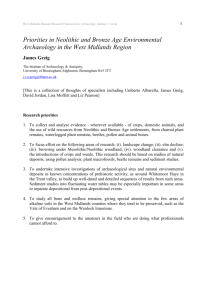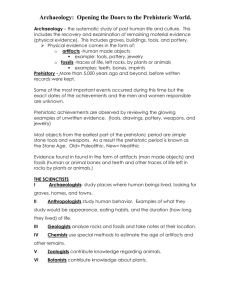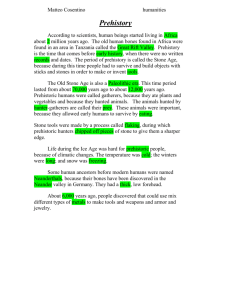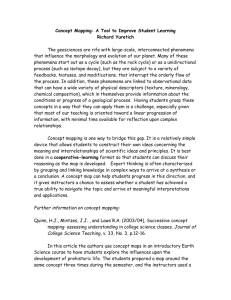neolithic enclosures and landscapes in the west midlands
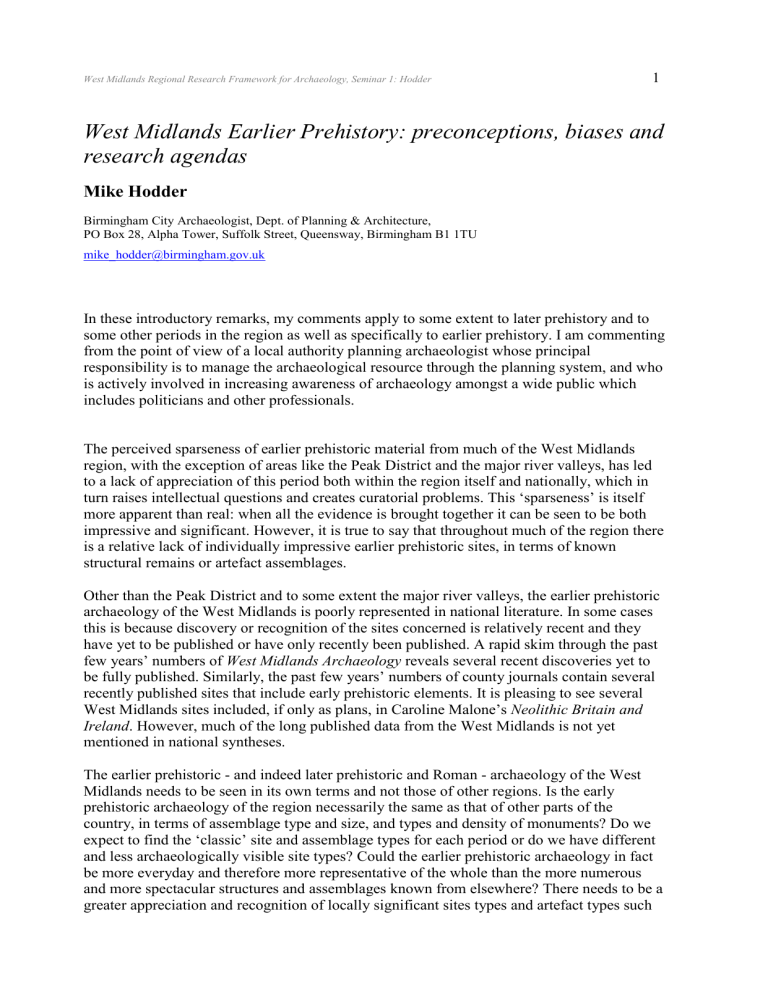
West Midlands Regional Research Framework for Archaeology, Seminar 1: Hodder
1
West Midlands Earlier Prehistory: preconceptions, biases and research agendas
Mike Hodder
Birmingham City Archaeologist, Dept. of Planning & Architecture,
PO Box 28, Alpha Tower, Suffolk Street, Queensway, Birmingham B1 1TU mike_hodder@birmingham.gov.uk
In these introductory remarks, my comments apply to some extent to later prehistory and to some other periods in the region as well as specifically to earlier prehistory. I am commenting from the point of view of a local authority planning archaeologist whose principal responsibility is to manage the archaeological resource through the planning system, and who is actively involved in increasing awareness of archaeology amongst a wide public which includes politicians and other professionals.
The perceived sparseness of earlier prehistoric material from much of the West Midlands region, with the exception of areas like the Peak District and the major river valleys, has led to a lack of appreciation of this period both within the region itself and nationally, which in turn raises intellectual questions and creates curatorial problems. This ‘sparseness’ is itself more apparent than real: when all the evidence is brought together it can be seen to be both impressive and significant. However, it is true to say that throughout much of the region there is a relative lack of individually impressive earlier prehistoric sites, in terms of known structural remains or artefact assemblages.
Other than the Peak District and to some extent the major river valleys, the earlier prehistoric archaeology of the West Midlands is poorly represented in national literature. In some cases this is because discovery or recognition of the sites concerned is relatively recent and they have yet to be published or have only recently been published. A rapid skim through the past few years’ numbers of
West Midlands Archaeology reveals several recent discoveries yet to be fully published. Similarly, the past few years’ numbers of county journals contain several recently published sites that include early prehistoric elements. It is pleasing to see several
West Midlands sites included, if only as plans, in Caroline Malone’s
Neolithic Britain and
Ireland . However, much of the long published data from the West Midlands is not yet mentioned in national syntheses.
The earlier prehistoric - and indeed later prehistoric and Roman - archaeology of the West
Midlands needs to be seen in its own terms and not those of other regions. Is the early prehistoric archaeology of the region necessarily the same as that of other parts of the country, in terms of assemblage type and size, and types and density of monuments? Do we expect to find the ‘classic’ site and assemblage types for each period or do we have different and less archaeologically visible site types? Could the earlier prehistoric archaeology in fact be more everyday and therefore more representative of the whole than the more numerous and more spectacular structures and assemblages known from elsewhere? There needs to be a greater appreciation and recognition of locally significant sites types and artefact types such
West Midlands Regional Research Framework for Archaeology, Seminar 1: Hodder
2 as ‘Abbey Farm ware’ from a barrow in Warwickshire, and the use of timber for the construction of monuments. Are there equivalent earlier prehistoric landscapes in the West
Midlands to those found just over the Welsh border by Alex Gibson? If not, why not? Has anyone looked? Why are there gaps in the evidence? Are the gaps real?
Much of our earlier prehistoric evidence has been obtained fortuitously as chance finds (ie. objects found other than by deliberate search), and through the discovery of earlier prehistoric remains in the excavation of sites whose principal features are of other periods. Examples include the Mesolithic flint assemblage from the medieval monastery at Sandwell Priory, and
(as part of the environmental record) the Late Glacial deposit under the medieval manor house site in Birmingham city centre.
It is also important to note that there is a lack of a tradition of earlier prehistoric studies in much of the West Midlands. The perceived sparseness of evidence has resulted in a vicious circle effect: sparseness of evidence has led to lack of research and a framework for it, which therefore has meant that little new evidence is discovered. We need to encourage archaeological adventure into the unknown to remedy this situation.
Several projects have demonstrated the effectiveness of extensive fieldwalking and earthwork survey. Major Mesolithic sites, for example, have been found in the Halesowen area, and
Mesolithic and Neolithic flint assemblages in Sutton Coldfield, in both cases through extensive fieldwalking. There is pressing need for more aerial photography in hitherto unexplored areas, rather than repeated flying of areas known to produce good cropmarks, and also searches of existing photographs including those not taken specifically for archaeological purposes. Further work could include predictive modelling. For the
Palaeolithic, this would be a regional application of the English Heritage English Rivers
Project.
Such future research might be stimulated by more rapid dissemination of new information.
Perhaps we could put an annual period-by period summary on the Web, effectively a chronological abstract of West Midlands Archaeology .
The Research Framework offers an opportunity to produce a comprehensive synthesis which sees the region in its own terms as well as in comparison with other regions: it must be truly comprehensive and not just include the best known, most researched and most wellunderstood sites. It is an opportunity to break away from the preconceptions and biases which have beset our understanding of the earlier prehistory of the West Midlands.

